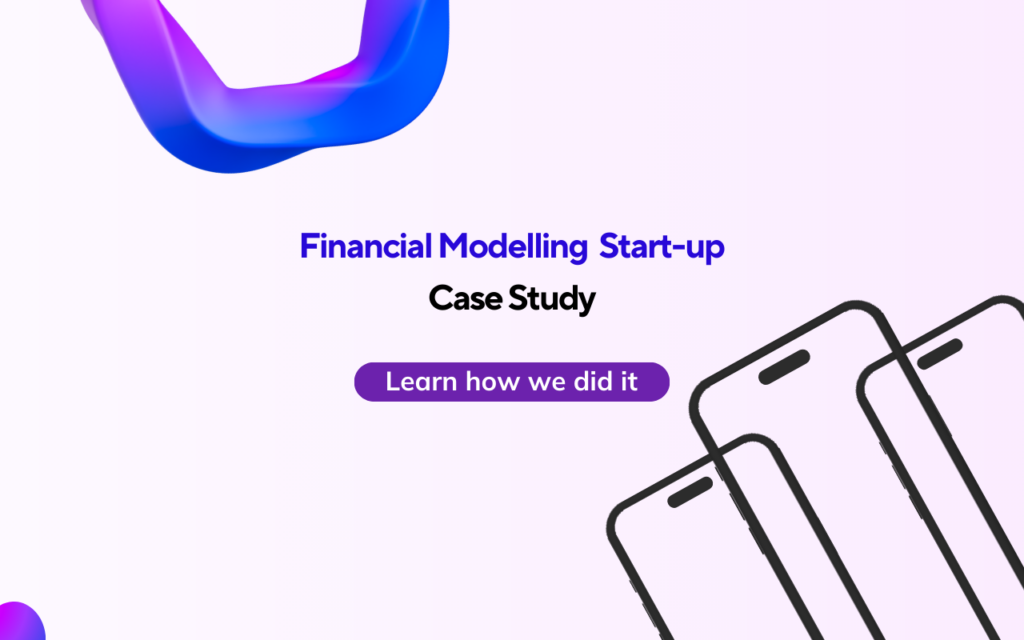Overview
This Start-up aims to simplify the process of creating and managing invoices for businesses. The product is built using a serverless architecture on AWS Amplify and React, providing a scalable and highly available platform for users. The architecture of this product can be divided into three layers: the front-end layer, the back-end layer, and the data layer.
Front-end layer
The front-end layer of this product is built using React, a popular JavaScript library for building user interfaces. The front-end application provides an intuitive and user-friendly interface for creating and managing invoices. It communicates with the back-end layer using REST APIs.
Back-end layer
The back-end layer of this product is built using AWS Amplify, which is a set of tools and services for building scalable and secure cloud-based applications. Amplify provides a comprehensive set of features, including authentication, storage, APIs, and more.
Authentication: This product uses AWS Cognito for user authentication and authorization. Cognito provides secure and scalable user sign-up, sign-in, and access control.
API: This product uses AWS API Gateway to expose RESTful APIs to the front-end application. The APIs are responsible for handling requests from the front-end and interacting with the data layer.
Serverless Functions: This product uses AWS Lambda to run serverless functions that handle business logic and interact with other AWS services, such as S3 for file storage and DynamoDB for database storage.
Database: This product uses AWS DynamoDB as its primary database for storing invoice data. DynamoDB is a highly scalable and performant NoSQL database that provides fast and predictable performance at any scale.
Data layer
The data layer of this product is responsible for storing and retrieving invoice data. It uses AWS DynamoDB as its primary database, which provides a highly scalable and performant NoSQL database for storing and querying invoice data. DynamoDB provides a flexible data model and supports advanced querying capabilities using its rich set of APIs.
Overall, this product architecture built with Amplify and React provides a scalable, secure, and highly available platform for businesses to create and manage invoices. The use of serverless technologies and cloud-based services ensures that the product is cost-effective and can scale to meet the needs of any size business.
Technology Stack

Problem
Many startups and established companies struggle to make informed financial decisions that impact their ownership and investor relations. For example, selling shares to investors can dilute ownership and affect the company’s financial health. It can be challenging to understand the financial implications of these decisions and communicate them effectively to investors.
This product was designed to solve these problems by providing financial modeling and consulting services to businesses. They help companies make informed financial decisions and understand the impact of those decisions on ownership and investor relations.
Solution
This product financial modeling and consulting services help businesses understand the financial implications of various decisions, such as selling shares to investors or taking on debt. They provide businesses with detailed financial projections and scenarios that help them make informed decisions.
For example, if a company is considering selling shares to investors, this product can create financial models that show how much ownership will be diluted and what impact that will have on the company’s financials. They can also provide guidance on how to communicate this information to investors effectively.
It also helps businesses understand their debt obligations and create a debt repayment plan. This can be especially be helpful for startups or businesses with limited cash flow, as it allows them to manage their debt and avoid financial problems down the road.
By providing financial modeling and consulting services, this product helps businesses make informed financial decisions that impact their ownership and investor relations. This can help businesses avoid financial problems and build a strong financial foundation for future growth.
Existing Problems And Solutions
Problem: Bugs and errors in the code
Solution: Perform regular testing throughout the development process to catch and fix bugs early on. Use debugging tools to identify and diagnose errors in the code, and maintain a consistent coding style and documentation to make it easier to find and fix errors in the future.
Problem: working on an existing codebase
Solution: To address this issue, we considered using a few strategies to better understand the codebase and make changes more effectively:
Code Reviews: reviewing the existing codebase thoroughly to understand how it is structured and how the different components interact.
To help to identify any potential issues or areas for improvement, and provide a better understanding of the overall architecture of the project.
Refactoring: read code a better understanding of the codebase, then refactor the code to make it more organized and easier to work with.
Communication: communicate with the rest of the development team and any stakeholders to ensure that everyone is on the same page and that any changes made to the codebase are in line with the project goals and requirements.
Problem: Compatibility issues with different browsers and devices Solution: Design the application with cross-platform compatibility in mind, and test the application on a range of devices and platforms. Use responsive design techniques to ensure the application looks and works well on different screen sizes and resolutions.
Problem: Security vulnerabilities
Solution: Follow security best practices when developing the application, such as using encryption, securing user data, and implementing access controls. Perform regular security audits and penetration testing to identify and fix vulnerabilities in the application.
Problem: Integration with other systems or applications
Solution: Design the application with a modular architecture and use APIs and other integration techniques to connect with other systems or applications. Use established integration standards and protocols to ensure compatibility and reduce the risk of errors or data loss.
Problem: Poor performance or slow load times
Solution: Optimize the application’s code and data structure to reduce load times and improve performance. Use caching, load balancing, and other optimization techniques to improve response times and scalability.
Conclusion
In conclusion, this product offers a range of customized solutions to help businesses make informed financial decisions and overcome the challenges of limited marketing resources.
By providing financial modeling and consulting services, businesses can understand the impact of their financial decisions on ownership and investor relations.
Additionally, their promotional products and marketing solutions help businesses stand out in a crowded marketplace and build brand awareness.
It’s customized approach and expertise in financial modeling and marketing solutions make them a valuable partner for businesses looking to grow and succeed. With this product support, businesses can make informed decisions and build a strong foundation for future growth.










